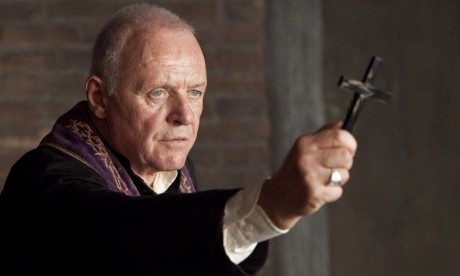“I never thought I’d end up doing this, no,” admits the middle-aged priest whose unexpected path to becoming an exorcist began while saying one of his first Masses after he was ordained 15 years ago.
“At the moment of consecration of the precious blood I asked the Lord to shower his blood upon the youth and to help any young men who may have a vocation to the priesthood.”
The instant reaction of one 13-year old boy shocked the young priest, “he fell backwards and started growling. And I thought, ‘I wasn’t expecting this!’”
Several years later, and he is one of a new generation of exorcists-in-training following a decision by the U.S. bishops in November 2010 to vastly increase the number of exorcists, which might number as low as 50 in America.
The priest, who is from the U.S. Midwest, spoke to CNA on the basis of anonymity so that he will not be deluged with inquiries. As he explained, “we have set structures to make sure those who most need help get it.”
He now finds himself in Rome, sent by his bishop to shadow the work of the six official exorcists of the Rome diocese. In practical terms that means he is “involved in about three exorcisms a day.”
And the learning curve has been steep. “No two cases are alike. That’s been a real education for me. The rite of exorcism is not a magic formula,” he said.
“It is not the devil or the exorcist who is at the center of this but a person is suffering a lot and who is in need of certain liberation through Christ.”
As for correct terminology, is it a demon or a devil? “Demon comes from Greek, devil comes from Latin, either is okay,” he explained. What you are dealing with “are fallen angels who were created good.”
The early Church Fathers, including St. Jerome and St. Augustine, speculated that these angels rebelled “because of the revelation to them of God’s plan of incarnation” and their “repulsion at the notion that God, who is pure spirit and infinite, should become a man.” Read more
Sources
- Catholic News Agency
- Image: Word on Fire
